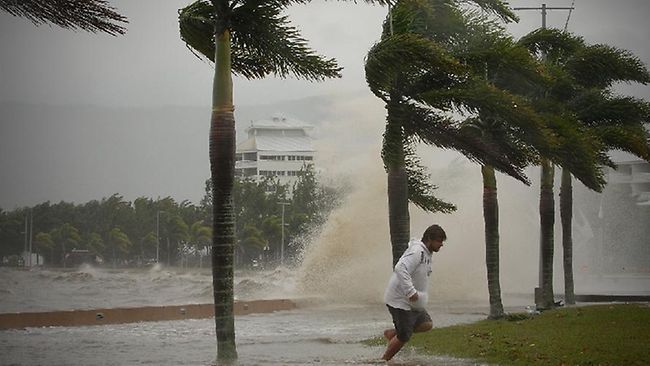The Bureau of Meteorology has released its annual Tropical Cyclone Outlook, predicting average to below-average tropical cyclone activity likely for the 2014–15 season.
Bureau Climate Prediction Manager, Dr Andrew Watkins, said in an average year around 11 tropical cyclones form in the oceans surrounding northern Australia during the November to April cyclone season.
“History shows that about half of all cyclones that form over Australian waters have some impact on coastal regions, which means that even during an average or below-average season we would expect to see a number of impacts for communities in northern Australia.”
Dr Watkins said while most ocean and atmospheric indicators have fallen short of El Niño thresholds so far, the El Niño-like ocean pattern occurring in the tropical Pacific Ocean has had an influence on this year’s Tropical Cyclone Outlook, and there still remains a 50 per cent chance of El Niño developing during the cyclone season.
“Often we see a lower than average number of cyclones in El Niño years, but this does not mean we can afford to be complacent. Even during El Niño years, there has always been at least one cyclone to cross the Australian coast.
“As cyclone awareness and education campaigns begin around the country this week, it is a timely reminder that any single cyclone that crosses the coast has the potential to cause significant damage and pose a threat to life.”
Tropical cyclones rely on warm tropical oceans for their energy and therefore develop in the southern hemisphere from November to April, with the majority occurring in the period from January to March.
Cyclones form from weak low-pressure systems that, under certain conditions, can develop into very intense tropical cyclones with winds near the centre over 300km/h, and can last from less than a day to several weeks.
To view the Bureau’s 2014–15 Tropical Cyclone Outlook go to: www.bom.gov.au/climate/ahead/tc.shtml
For current warnings and further information, including tips on preparing for a tropical cyclone, go to:www.bom.gov.au/cyclone/about/checklist.shtml























Add Comment